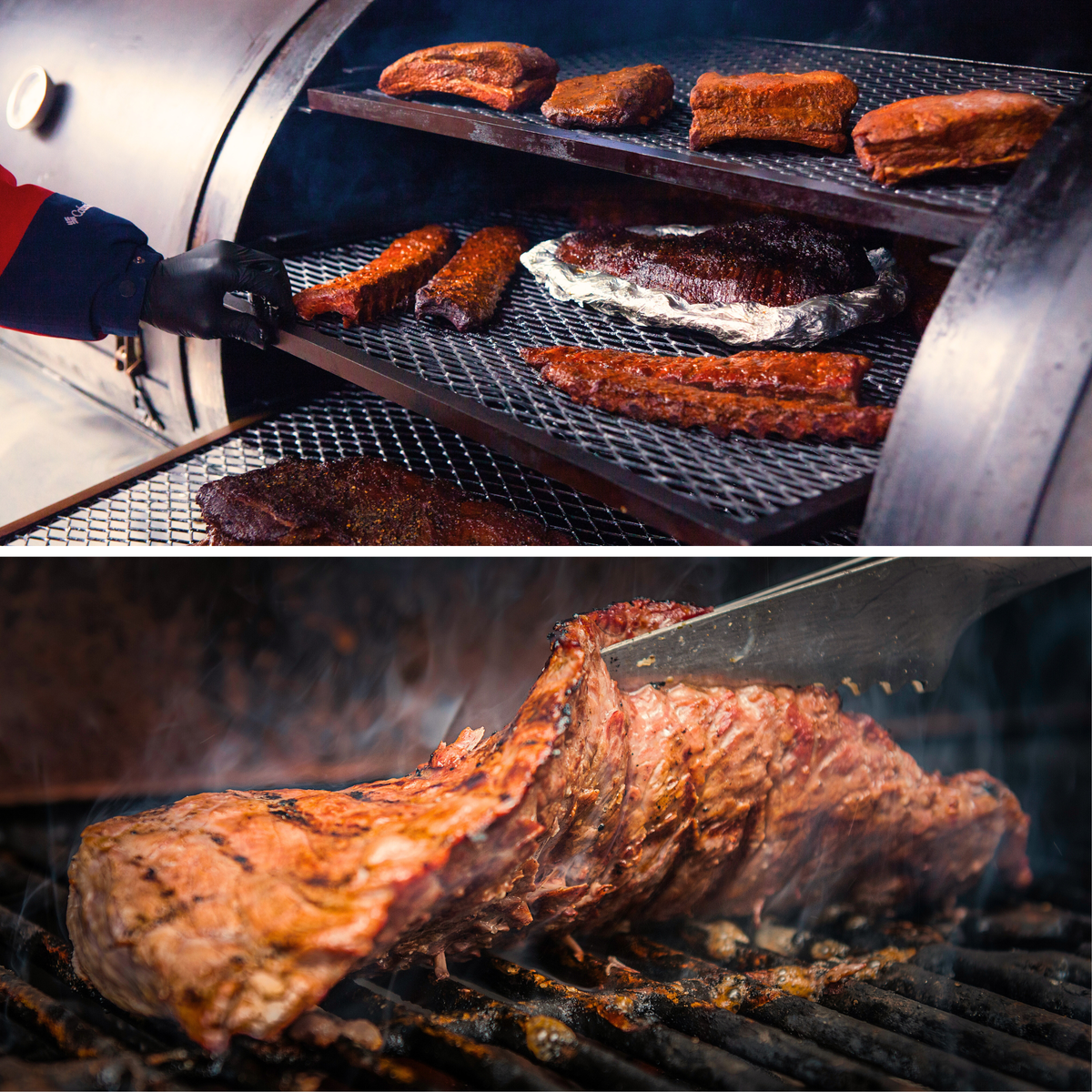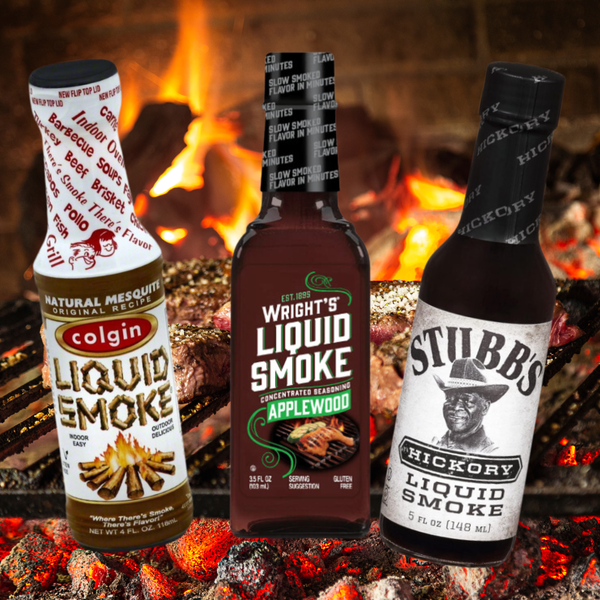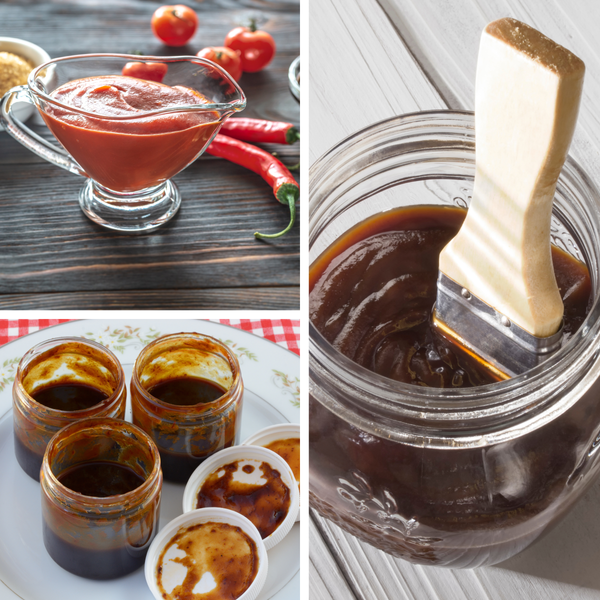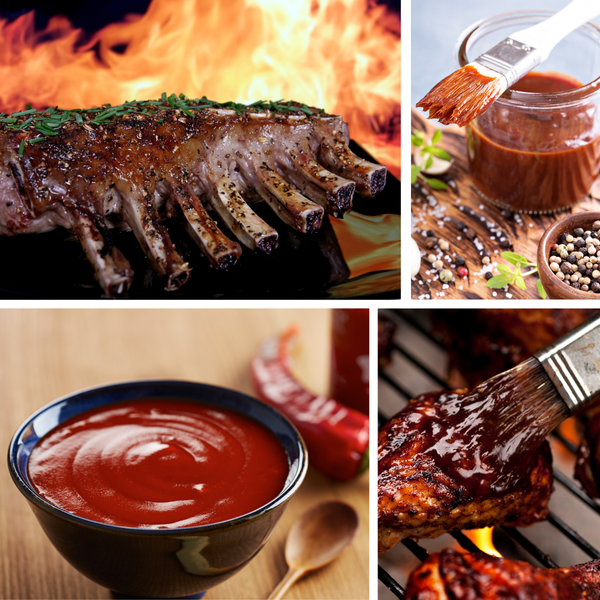When the sun is shining and the weather is sweet, many of us can't wait to fire up the grill or smoker and enjoy some deliciously cooked meats and vegetables. But as we prepare for a feast, a question often arises: is there a difference between grilling and barbecuing? This article will delve into the nuances of these two popular cooking methods, ensuring you can not only talk the talk but also cook the cook!
Here's the Key Differences:
- Grilling involves cooking food quickly over high heat, while barbecuing is about cooking foods low and slow over indirect heat.
- Barbecuing often uses wood chips for different smoky flavors, and the meats tend to be larger cuts that require long cooking times.
- Understanding the difference between barbecuing and grilling can enhance your cooking technique and help you achieve flavorful meat every time.
The Heat is On: Grilling vs. Barbecuing
Grilling is synonymous with cooking food quickly over a hot cooking method. It's the high heat and the direct contact with the heat source that sears the surface of the food, creating those characteristic grill marks on steaks, hot dogs, and many vegetables. Grilling is ideal for thinner cuts of meat like pork chops and steaks, which don't require a very long cooking time to reach the perfect internal temperature.
Barbecuing, on the other hand, is a slow heat cooking technique that involves an indirect heat method. This means the heat source, whether it's charcoal or wood, is not directly under the food. Instead, the food is placed in a closed chamber, and the heat circulates around it. This low and slow method is perfect for thick cuts of meat like pork shoulder, beef brisket, and whole chickens, which benefit from a very low heat for several hours.
The Flavor Factor: Wood Smoke and Dry Rubs
One of the hallmarks of barbecued food is the distinctive smoky flavor imparted by wood chips or chunks. Barbecue chefs pride themselves on their choice of wood, which can range from hickory to applewood, each providing different smoky flavors. The smoke envelops the meat during the long cooking times, infusing it with a depth of flavor that is hard to replicate with other cooking methods.
In addition to wood smoke, the best barbecue chefs often use a dry rub—a mixture of spices and herbs—before cooking. This rub forms a crust on the meat's surface, which not only adds flavor but also helps to lock in moisture. The combination of the dry rub and the smoke creates a complex flavor profile that is the signature of great cooked barbecued food.
The Versatility of Cooking Methods: Gas or Charcoal
When it comes to cooking foods hot and fast, the debate between gas or charcoal grills is ever-present. Gas grills offer convenience and control, allowing you to fire up the grill and adjust the temperature with the turn of a knob. This is ideal for grilling chicken breasts or vegetables that require a consistent heat to achieve that perfect char without overcooking. On the other hand, charcoal grills demand more patience and skill but reward you with that unmistakable smoky flavor that's hard to replicate. Charcoal is preferred for cooking meat like steaks, where the high heat can sear the exterior while keeping the inside juicy.
However, the choice between gas or charcoal doesn't just affect the flavor; it also influences the cooking technique. Charcoal grills often reach higher temperatures, which is great for creating a crust on burgers or searing ribs to perfection. But they can also maintain lower temperatures for a longer period, which is essential when barbecuing tougher cuts of meat. Gas grills shine in their ability to maintain a steady temperature for extended periods, making them suitable for both grilling and barbecuing, provided you're willing to forgo some of the smokiness that charcoal imparts.
The Low and Slow Advantage: Using a Slow Cooker
Barbecuing is synonymous with the "low and slow" cooking method, which can be surprisingly well replicated using a slow cooker. While traditional barbecuing involves cooking meat over indirect heat for several hours, a slow cooker can achieve a similar tenderness and depth of flavor, especially for dishes like pulled pork or beef brisket. By setting the slow cooker on low for a few hours, the connective tissues in the meat break down, resulting in a melt-in-your-mouth texture that's highly sought after in barbecue cuisine.
The slow cooker isn't just for pulled meats; it's also fantastic for cooking ribs until they're fall-off-the-bone tender. By adding a mixture of barbecue sauce, dry rubs, and a little liquid smoke, you can mimic the flavors typically achieved through traditional barbecuing. Although you won't get the same smoky crust as you would from a smoker or grill, the slow cooker is an excellent alternative for those who want to enjoy barbecue-style cooking meat without the need for constant attention or specialized equipment. It's a set-it-and-forget-it approach that can yield delicious results with minimal effort.
The Tools of the Trade: Grills and Smokers
When it comes to grilling, the equipment can be as simple as a charcoal grill or as sophisticated as a high-end gas grill. The key is to have a grill that can reach high temperatures and maintain them for cooking food quickly. Grills are designed to provide direct heat from the hot coals or burners underneath the grill grate, which is ideal for achieving a sear on meats and vegetables.
Barbecuing requires a different kind of equipment, typically a smoker. Smokers are designed to maintain lower temperatures for extended periods. They come in various styles, from vertical water smokers to offset smokers, and can be fueled by either gas, charcoal, or wood. The ability to monitor temperatures and maintain a consistent low heat is crucial for the best barbecue results.
The Art of Timing: Quick Sizzle vs. Low and Slow
Grilling is often a quick affair. Most grilled foods, like hot dogs and steaks, only need a few minutes per side to be perfectly cooked. This hot cooking method is ideal for a casual outdoor meal where the food can go from the grill to the plate in a matter of minutes.
Barbecuing is a commitment. It's not uncommon for barbecue chefs to spend the entire day, or even overnight, tending to their smoker. Meats like pork butt and beef brisket require several hours at low temperatures to break down the connective tissues and become tender. This very long cooking time is a labor of love that yields succulent and flavorful meat.
The Taste Test: Savoring the Differences
The immediate difference you'll notice between grilling and barbecuing is the taste. Grilled foods tend to have a more pronounced charred flavor due to the high heat, and the cooking technique can highlight the natural flavors of the food, especially when it's seasoned simply with salt and pepper.
Barbecued food, with its long cooking times and exposure to wood smoke, takes on a completely different flavor profile. The smoke, the spices from the dry rub, and the slow transformation of the meat's texture combine to create a taste that's rich and complex. Barbecue sauce, often added during the last stages of cooking or served on the side, can further enhance the smoky, savory flavors of barbecued meats.
Summary
Understanding the difference between grilling and barbecuing can elevate your outdoor cooking game. Grilling is all about high heat and cooking food quickly, perfect for a spontaneous cookout. Barbecuing is the art of cooking foods low and slow, ideal for those who enjoy the process as much as the end result. Both methods have their unique tools, techniques, and flavors, but the key to either is patience and practice. Whether you're flipping burgers over hot coals or patiently waiting for a pork shoulder to reach its peak in a smoker, the joy of cooking outdoors is undeniable.
FAQ Section
Q: Can I use a regular grill to barbecue?
A: While traditional barbecuing is best done in a smoker, you can use a regular grill for barbecuing by using an indirect heat method. This involves placing the meat away from the direct heat source and maintaining a low temperature for an extended period.
Q: How do I know when barbecued meat is done?
A: The best way to determine if barbecued meat is done is by using a meat thermometer to check the internal temperature. For example, pork shoulder is typically done when it reaches an internal temperature of 195°F to 205°F.
Q: Is it necessary to use wood chips when barbecuing?
A: While not strictly necessary, using wood chips when barbecuing can significantly enhance the flavor of your food. Different types of wood impart different smoky flavors, allowing you to customize the taste of your barbecued meats.










